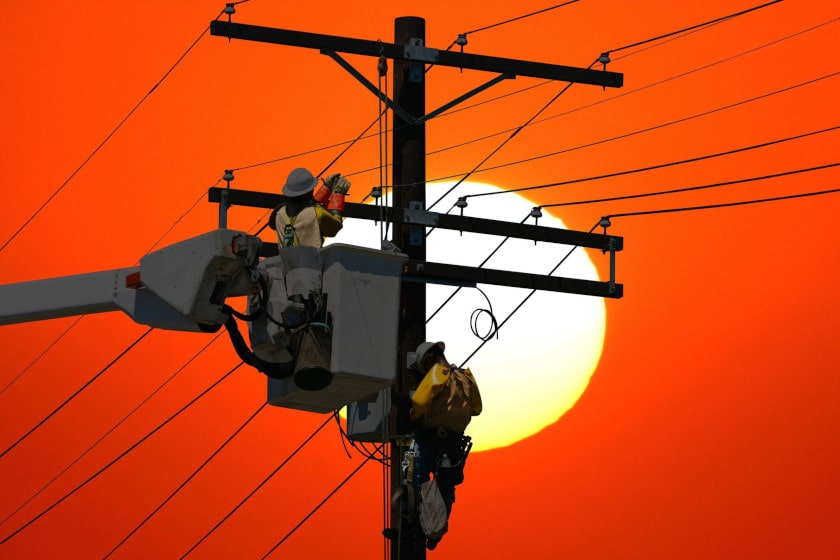3 Practical Strategies for Improving Utility Project Effectiveness

Utility projects require major investments of time and money. What if you could improve productivity by 1% or 5% on a multi-million dollar project? Those benefits will be worth pursuing, especially if you increase your team’s capabilities along the way. Managing your work with digital forms make it possible.
What Barriers Hold Back Project Productivity?
Think about why it is so challenging to boost project productivity. Unlike traditional operations, utility project management involves a level of uncertainty that makes it harder to plan work, and even the best planned projects will be subject to changes and adjustments.
From a staffing perspective, projects also struggle. Aside from a small core project team, project managers usually have to negotiate with other teams to borrow staff. Finally, some projects struggle to make it across the finish line because the organization lacks a robust methodology and training.
3 Practical Examples to Improve Your Utility Project
For this section, we will use the example of a utility upgrading an electrical system in a residential area in a city. In this context, delays in project completion or service interruption will be noticed and reflect poorly on the utility. As a result, we have a strong incentive to improve productivity. Let’s start with the beginning — improving project planning.
1. Improve Project Planning
Taking the time to plan a project’s requirements reduces expensive change requests later. To enhance your utility’s project productivity, use a planning process to gather information such as:
- Similar projects: Data on similar past projects makes it easy to find lessons learned and cost data from previous projects. For example, you may see quotes and invoices from past suppliers that you can use to build your plan.
- Initial stakeholder list: Who has the power to support or hinder your project? Identifying all of those individuals is a critical step in stakeholder management. Remember that essential stakeholders — like residents — may be external to your company.
- Initial risk register: What are the areas of uncertainty that could threaten the project’s success? A few starting ideas include weather, late delivery by suppliers and accidents.
- Identify the project champion: Picture this: you are the project manager, and a significant problem occurs that is “beyond your pay grade” to resolve. How can you move forward? We recommend engaging a project champion, usually an executive, who can clear roadblocks and provide advice as the project unfolds.
Once the project is underway, improve productivity by looking for repeated activities.
2. Improve Repeated Processes
To continue with our example above, upgrading electrical systems in a residential area will involve performing a few activities often. For instance, you may have a testing and safety protocol to verify power connections for each residence.
Streamlining repeated processes on your project will save you time. Before you can make improvements, you need to find improvement opportunities. In essence, you are using the 80/20 Principle to identify the repeated processes that contribute the most value to the project.
Use these steps to improve recurring processes on your project:
- Identify a high-value recurring task on your utility project.
- Ask employees to describe problems that have increased costs with the process in the past. Example: insufficient supplies.
- Ask for photos that illustrate the problem. With a digital form, you can collect photos from the field to take advantage of this feature.
- Ask for improvement suggestions. Get your team involved in coming up with ideas to improve the process.
Once the information starts to roll in, ask your project manager to review the information weekly to see what can be improved.
3. Improve Utility Project Safety
If safety failures occur, the entire team and project’s success will be threatened. Keep everyone safe and on schedule by using a project safety planning form. Consider including the following elements:
- Gather ideas for the project’s safety plan: During the planning phase of the utility project, gather suggestions on how to increase safety performance.
- Identify safety equipment gaps early: Worn out safety equipment and protective clothing is easy to prevent. Consider having staff report the status of their safety equipment on a biweekly or monthly basis.
- Carry out random safety inspections: Like them or hate them, random safety checks are an excellent way to keep safety standards higher. Be sure to document the results of your inspection.
Ready to make your data collection fast and efficient? See how mobile forms can help improve your utility operations.